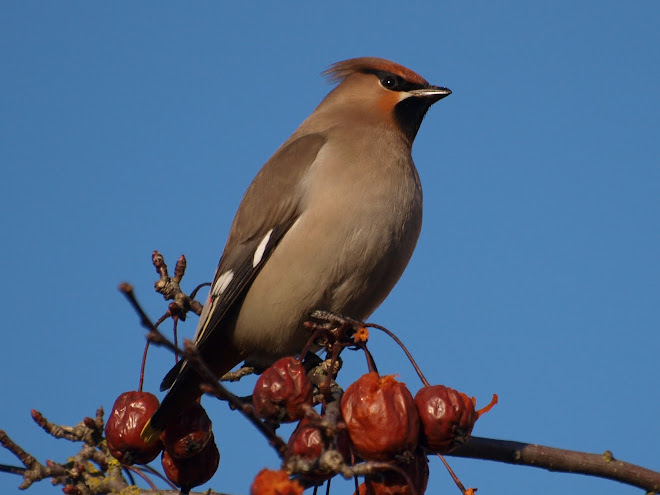
I find amber (fossilised resin) very special and when it contains inclusions it seems like nature's very own time capsule preserving perfectly a moment in time from the distant past.
Amber formed from resin that flowed out of tree bark, often trapping organisms, such as insects, that were unable to escape from the sticky substance. Eventually the resin would have fallen to the ground and over time become covered with soil and sediments. Over the course of millions of years it eventually fossilizes into amber.
The oldest amber comes from the Upper Carboniferous Coal measures (323 - 290 millions years ago) but pieces containing insect inclusions date back to the Lower Cretaceous (146 - 97 million years ago).
Amber is often used for jewellery and because it is soft and, therefore, easy to carve it has been made into ornaments since prehistoric times. In the past it was used to make household items, for example, cups, bottles and snuff boxes and to make chess pieces.
This amber pendant measures about 3.5 by 2 cms and contains at least four insect inclusions 1 - 2 millimetres long. I'm not sure of the species - oh for a microscope rather than relying on a hand lens!

The insects can be seen on the right hand side - for a better look click to enlarge the image.

This piece of amber measures 4.5 by 2.5 centimetres and has four insect inclusions with wings - possibly fungus gnats?


This pendant contains moss

This small piece of amber measres 1.5 by 1.5 cm and contains a tiny arthropod about 1 millimetre long. Although not 100 per cent sure I think it may be a spider.

The final piece measures 2.5 by 1 cm and is baltic amber from Kalinigrad, Russia. It dates back to the Oligocene Epoch (33.7 - 23.8 million years ago) and contains an oak flower and 1.5 mm long cockroach nymph.



I'm not quite sure how this last photo will come out as I tried to scan a copy of the original photo that came with the amber.

Amber is found in many parts of the world but often in small amounts. Most high quality amber used in jewellery comes from the Baltic coast and the Dominican Republic.
In the UK amber can be found on the Isle of Wight and East Sussex coasts. I've certainly looked without success on beaches at the former location but it would look totally different to the polished pieces photographed above. Isle of Wight amber comes from the Lower Cretaceous (around 146 - 97 million years ago) and is around 130million years old. Some contain insects and are one of the oldest insect bearing ambers in the world.
Insect inclusions in amber reveal information about the ecology of forests of the past.
Copal which looks very similar to amber is just hardened tree resin which has not yet undergone the amberization process when hardening and loss of volatiles and polymerization occur. It is usually less than 2 million years old.
Reference:
"Amber The Natural Time Capsule" by Andrew Ross The Natural History Museum





















































